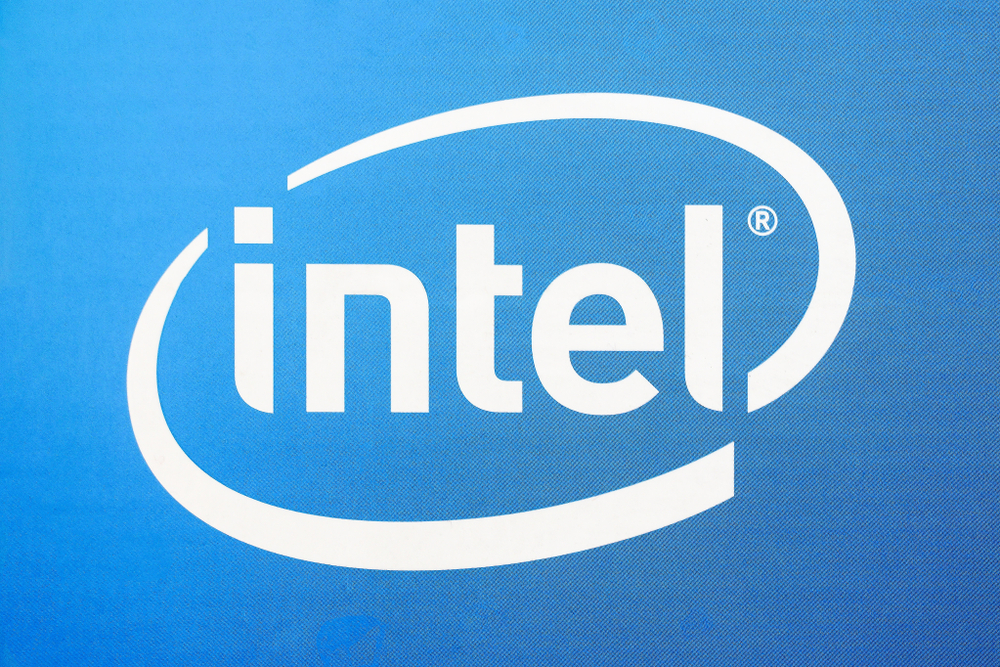After serving on countless DesignCon technical program committees and delivering 19 years worth of tutorials and technical papers, Mike Peng Li says the conference has become a part of him.
“It takes a bit of energy and passion to do it,” he told Design News recently. “It becomes so much a part of your life, it’s hard to separate yourself from it.”
Indeed, Li and the conference have become integral parts of each other, which is why it’s appropriate that the Intel Corp. Fellow has been selected by his peers as the DesignCon 2018 Engineer of the Year. The award is a deserving highlight for Li, who delivered his first DesignCon technical paper, “Signal Integrity: How to Measure it Correctly,” in 2000. He has since produced approximately 30 more highly cited DesignCon papers, including one that received the conference’s Best Paper Award in 2007, and another that was a Paper Award Finalist in 2009. He has also delivered annual tutorials since 2004, has written a book (Jitter, Noise, and Signal Integrity at High Speed), and has served as a contributing author to four other books during the past 20 years.
For Li, however, the prodigious list of achievements is a far cry from where he started. As a child growing up in China, Li laid the foundation for his career with a burning desire to learn about space technology. “I began wondering about it when I was kid,” he recalled. “I was intrigued by the sun. There were so many wonderful things and I wanted to understand them.”
At 16, he took his first big step toward space by traveling 1,000 miles from his home to attend the University of Science and Technology of China. There, he earned a B.S. in space physics. His passion for space tech unabated, he then moved to the US to attend the University of Alabama in Huntsville, near NASA’s Marshall Space Flight Center. At UAH, he earned an M.S. and Ph.D. in physics, along with a separate master’s degree in electrical and computer engineering, focusing on fiber optic communications.
Unbeknownst to him at the time, however, it was the M.S. in electrical engineering that would play the bigger role in his long-term future. After doing post-doc work in astrophysics, he gradually migrated toward test and measurement technology. He served as a staff engineer for Schlumberger ATE, and later as a senior scientist at Wavecrest Corp., a maker of test equipment.
“Getting into test was somewhat by accident,” he told us. “My first job was at Schlumberger, where I could use my physics for analysis and my EE background for hardware and instrumentation.”
The move suited him well, however. At Wavecrest, Li started his association with DesignCon, began publishing widely, earned numerous patents, and worked his way up to chief technology officer. He later moved to Altera Corp., where he oversaw prototyping of the world’s first optical FPGA, and was eventually named a company Fellow. When Altera was acquired by Intel Corp. in 2015, Li was again designated a Fellow.
The arc of his career since moving to test has been nothing short of amazing. During those 20-plus years, Li has published approximately 110 technical papers, has earned 30 patents, has been named an IEEE Fellow, and has guided thousands of engineers, scientists, and students with his books and tutorials, especially in the area of jitter.
“Mike has demonstrated leadership in the industry on developing interest and understanding around jitter topics for nearly two decades,” noted one colleague who nominated him for Engineer of the Year.
As winner of the DesignCon Engineer of the Year award, Li will be able to continue that emphasis on leadership and teaching. He received a $10,000 grant/scholarship, which he has designated to his alma mater, the University of Alabama in Huntsville.
In the coming years, he plans to continue in that leadership role, and hopes to keep working at the same torrid pace. “I want to continue attacking the most outstanding problems in high-speed I/O,” he said.
Not coincidently, DesignCon will likely be moving in that same direction. “I suppose to some degree they are related,” he noted. “Highly related.”

